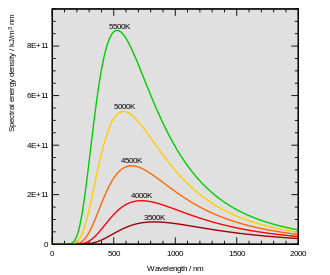This article has multiple issues. Please help improve it or discuss these issues on the talk page . (Learn how and when to remove these messages)
|

In blacksmithing, red heat is the practice of using colours to determine the temperature of a piece of metal (usually iron or steel). Long before thermometers were widely available, it was necessary to know what state the metal was in for heat treating it, and the only way to do this was to heat it up to a colour which was known to be best for the work.
Contents
